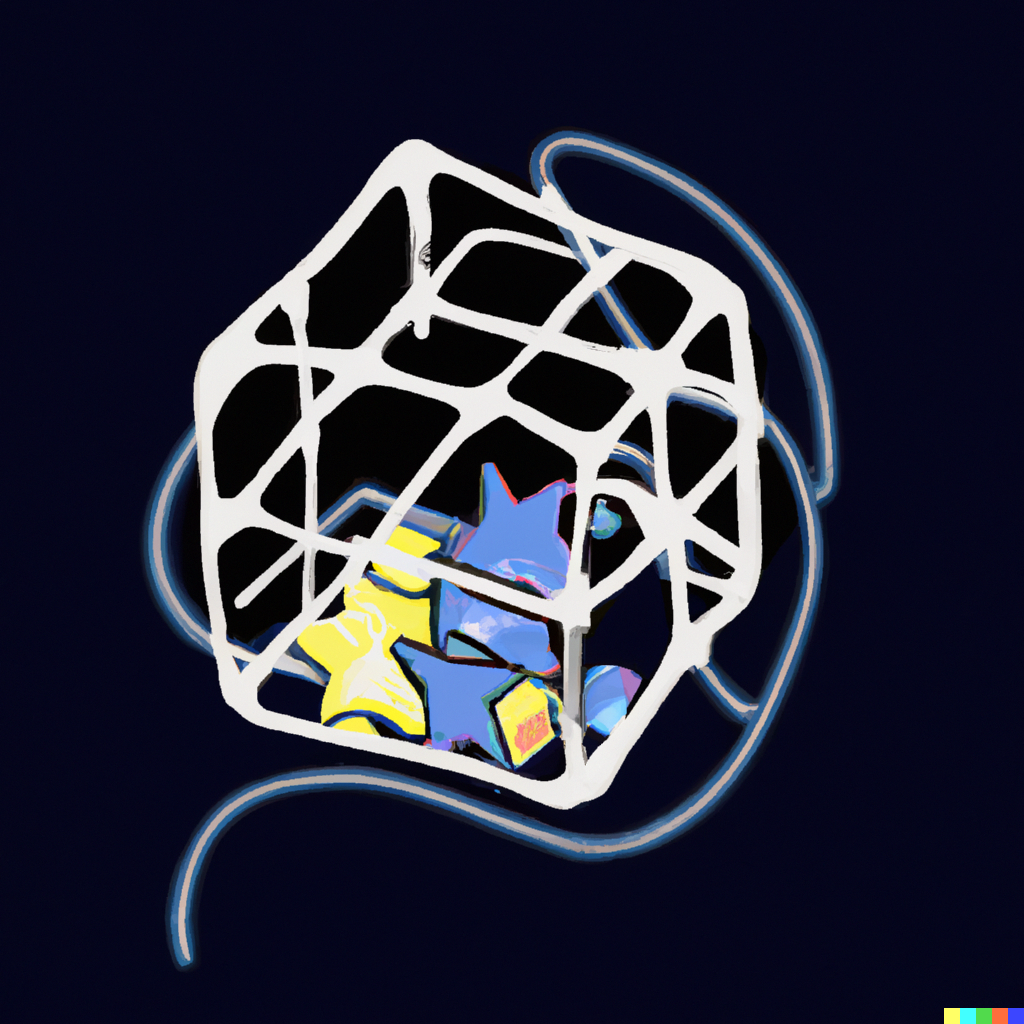
New Docker Goodies: Init and Watch
Recently Docker brought some new stuff that I found very useful for developers. They are still in the experimental phase but are already very useful. Try them and give your feedback to the Docker team. The code I’m using for this is available here. Let’s start… Init Writing a Dockerfile when starting with a new application is tedious. Why? Because we are repeating most of the stuff over and over again. So, in the end, we reach to copy/paste solution. Of course, copy/paste needs to be modified to fit an application’s needs. I do not say that copy/paste is terrible, but with it, we miss new stuff that Docker brings to us. Even seasoned developers miss stuff. If we do not do it every day, we forget. Because of that, the Docker team brought us a new command called init. The init is not new but is still in beta. This time with more improvements. ...
